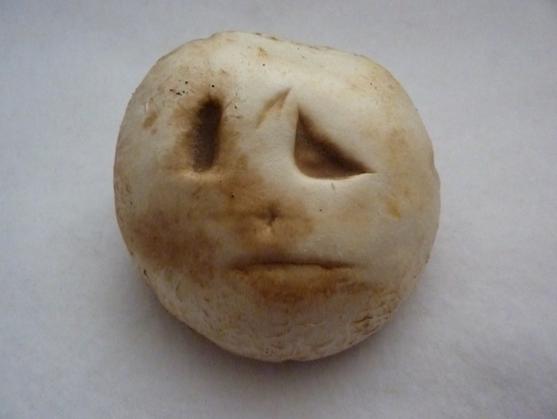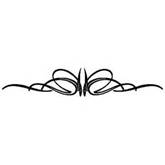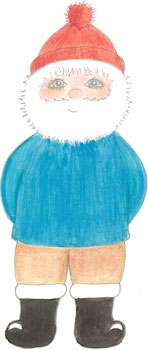
Salty Sam’s Fun Blog for Children
Number 523
Diatoms
Hello Everyone

lt is possible that you don’t know what diatoms are.
ln spite of whether you do or not, they are enormously important organisms on Planet Earth.
They are mostly invisible to the eye without a microscope, although the biggest grow to 2mm. They have been known about since the late 1700s.
Collecting them was a Victorian pastime. ln my blog post last week, l told you about some Victorian collections.
Diatoms are something else that Victorians collected.
They had microscopes to see the true beauty of diatoms, but nowadays with the help of electron microscopes, we can see them in even more detail.
Diatoms can be collected from algae growing at the water’s edge and can be found along the sea shoreline or in harbours. They can be found in fresh water too.
A diatom is a single-cell plant that inhabits water. lt is called microalgae.
There are about 100,000 known species and scientists are discovering new ones every year. Different ones prefer different kinds of water to live in.
They are also found in moist soils.
They produce lots of the oxygen we breathe, actually up to half of it. They remove carbon dioxide from the atmosphere.
Now you can see how important they are.
They have light-absorbing molecules that collect energy from the sun. This means they will not be found in deep seawater where light will not penetrate.
They are the only organism able to create a glass cell wall around itself. This glass is called silica.
They are so simple in structure that they cannot move themselves about very far; they just float in the water where they live.
They make up almost half the organic material found in the oceans.
The Victorians made artwork by arranging them in patterns on glass slides ready to be viewed through a microscope. This was a fiddly and difficult job to do.
They are many different shapes like stars, globes, zigzags and fans and can be a beautiful as a sparkling diamond or opal.
lf you look in the Picture Gallery this week, you will be able to see what l mean.
lf you like my blog, please support it by telling all your friends and followers about it.
Thank you!
And see you again next Fun Friday!
Love and kisses
Salty Sam

www.christina-sinclair.com
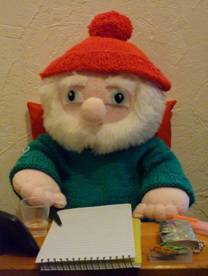

Bill and Bob’s Joke of the Week![]()
![]()
Bob: Do you know what kind of rocks you never find under the sea?
Bill: Yes, dry ones!
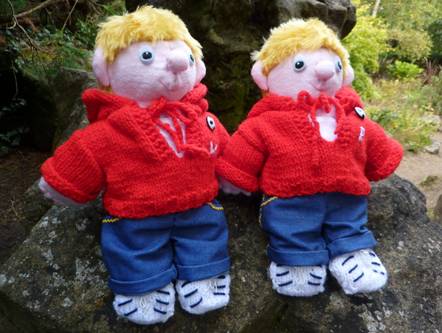
Salty Sam © Christina Sinclair 2015
Unauthorized use and/or duplication of material from this blog without express and written permission from this blog’s author and owner is strictly prohibited.
Links may be used to www.christina-sinclair.com

Picture Gallery





 THE SALTY SAM NEWS DESK
THE SALTY SAM NEWS DESK

This week, we have another of Bill and Bob’s pareidolia photographs.
They found this mushroom in a box from the supermarket.
It has a very quizzical look.
What do you think it is thinking?
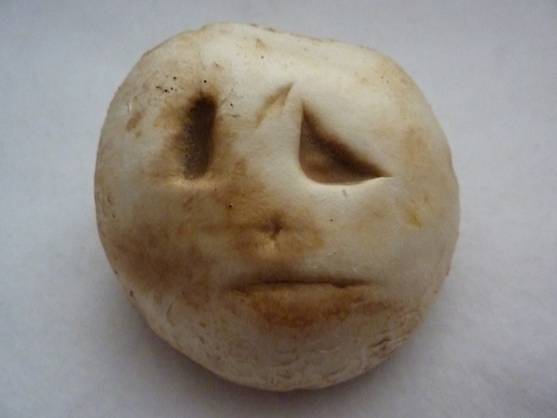
So what other news have I got to tell you? Well, I have been continuing to train for the Rocky Bay Fun Run, the vicar is formulating his plans for the Rocky Bay Skills Share Club, and oh yes, I took the children to the Post Office last Saturday afternoon where we were actually allowed to go behind the counter! I will tell you why…

On Blog Post 519, I told you about Mandy Livers used stamp collection that she had set up in the Post Office. It was supposed to end at the end of January, but of course there were a few people that came along with a few more stamps at the beginning of this month. Mandy allowed for those stragglers after she had taken down her decorations and put the boxes away.
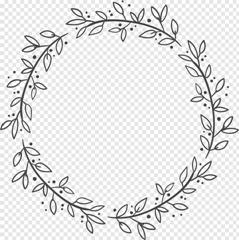
People chose which charity they wanted to donate their stamps to. The boxes set out in the Post Office were very clearly labelled.
It was then our job to separate the stamps into British and foreign and pack them up to be sent off.
Henry loves looking at stamps and learning about them so he told us a lot about stamps while we were working.
Having people to work with makes a job more pleasant, and we had a nice time chatting together and telling jokes.
Then Mandy gave us some hot chocolate with whipped cream on top.
Yum yum!

We thought that the whole scheme was a great success and we said we would help again next year.
We said that we thought it would be a good idea to cover the boxes in pretty paper and set them up in December.
Hopefully, people will put their stamps to one side over the year and bring them along next December to put in Mandy’s boxes.
With any luck, there will be even more stamps for us to sort out next year!
Anyway, that was our good deed for the week!

*********************
TO ADVERTISE ON THIS BLOG
PLEASE CONTACT:
christina.sinclair.ads@aol.co.uk
*********************

 Quick Quiz
Quick Quiz
The names of these things are also parts of the body…
- a section of a relay race
- seed bearing head of cereal plant
- the base of a cliff
- a part of a needle
- to tease in a good-humoured way
- top part of a bottle
- something you hit with a hammer
- a kind of tree
- a baby cow
- the entrance to a cave
- a musical instrument
- a part added to a book
- a punctuation mark
- part of a shoe
- part of a zip
- a ship
- the back of a book
- bend in a water pipe
- the centre of something
- the top of a rice pudding
- a piece of furniture for storing items
- the behind part of an object
- the deep parts of the Earth
- a long biscuit or bun
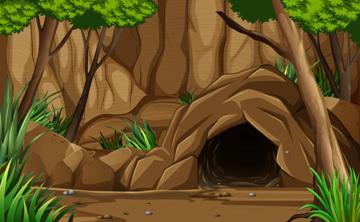



lt’s the Weekend!

HOW TO MAKE AN ACCESSORY SET FOR AN ENTRANCE HALL FOR A 12” DOLL
There are lots of things that people like to keep in their hallways to store useful things in.
Here we have a rug and doormat to give a cheerful feel to an entrance hall.
You can knit the rug to be longer if you would like to make a long hall carpet. You could knit it in pink or white and put it in a bedroom, but don’t use more than one colour because it will be difficult to hide a yarn change at the sides of the rug.
Find a tall bottle top or small plastic jar to be an umbrella stand to leave wet umbrellas in too.
If you don’t fancy knitting a rug with a patterned centre panel, try the simpler pattern instead to make one with a simple, plain centre.
RUG WITH PATTERNED PANEL
Using 4mm knitting needles and green dk yarn cast on 30 stitches
Knit 6 rows of garter stitch
Slip 1, knit to end
Slip 1, knit 3, purl 22, knit 4
Repeat the last 2 rows once
Slip 1, knit 3, purl 3 (knit 1, purl 1) repeat the last 2 stitches 7 times, purl 3, knit 4
Slip 1, knit 6 (purl 1, knit 1) repeat the last 2 stitches 7 times, knit 7
Repeat the last 2 rows 22 times
Slip 1, knit to end
Slip 1, knit 3, purl 22, knit 4
Repeat the last 2 rows once
Slip 1, knit 3, purl 22, knit 4
Repeat the last row 5 times
Cast off
RUG WITH PLAIN PANEL
Using 4mm knitting needles and green dk yarn cast on 30 stitches
Knit 6 rows of garter stitch
Slip 1, knit to end
Slip 1, knit 3, purl 22, knit 4
Repeat the last 2 rows 32 times
Knit 7 rows of garter stitch
Cast off purl-wise
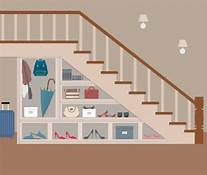
DOORMAT
Using 4mm knitting needles and brown dk yarn cast on 21 stitches
Slip 1, (knit 1, purl 1) repeat the last 2 stitches to the end of the row
Repeat the last row 21 times
Cast off
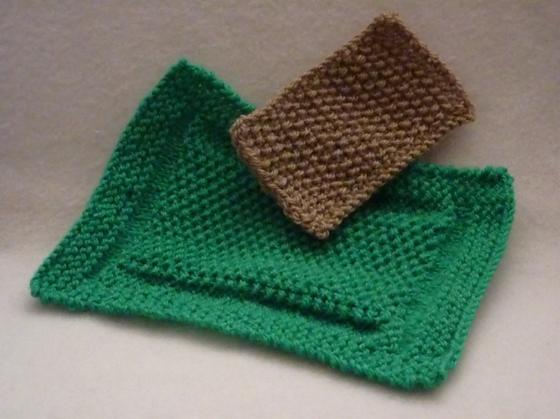
Please note that the material on this blog is for personal use and for use in classrooms only.
It is a copyright infringement and, therefore, illegal under international law to sell items made with these patterns.
Use of the toys and projects is at your own risk.
©Christina Sinclair Designs 2015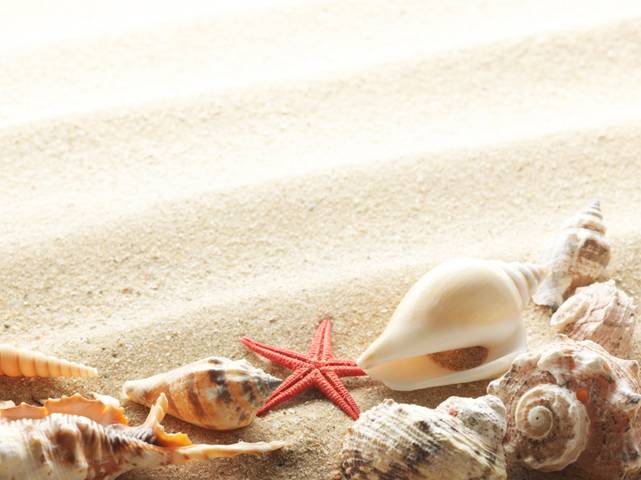


Quick Quiz Answers
- a section of a relay race = leg
- seed bearing head of cereal plant = ear
- the base of a cliff = foot
- a part of a needle = eye
- to tease in a good-humoured way = rib
- top part of a bottle = neck
- something you hit with a hammer = nail
- a kind of tree = palm
- a baby cow = calf
- the entrance to a cave = mouth
- a musical instrument = organ
- a part added to a book = appendix
- a punctuation mark = colon
- part of a shoe = heel
- part of a zip = tongue
- a ship = vessel (blood vessel)
- the back of a book = spine
- bend in a water pipe = elbow
- the centre of something = heart
- the top of a rice pudding = skin
- a piece of furniture for storing items = chest
- the behind part of an object = back
- the deep parts of the Earth = bowels
- a long biscuit or bun = finger
